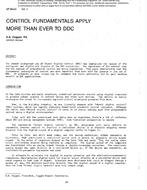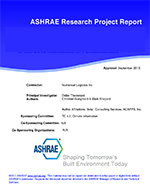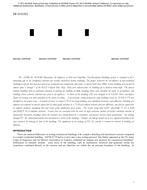Water or rainwater can leak into outer walls and facades to a greater or lesser extent, but there is a general lack of specific information how much water usually penetrates. If we simply rely on theoretical analyses with only limited knowledge of the amounts involved in such inward leakage, we run serious risks of damp-related damage, indoor health problems, and failure to meet requirements in terms of energy efficiencies. The purpose of this laboratory study was to examine the significance of water splash, different wind pressures, and different rain loads, as well as combinations of all three, on inward leakage through various gaps in a facade. The study was restricted to seven small or invisible gaps created in a facade element. The results show that the proportion of inward leakage for several gaps was around 2% (0.03 L/min per gap) with an applied rain load equivalent to heavy driving rain on multistory buildings. These figures include conditions where no wind load was present. In cases where there is a risk exist of inward leaking water collecting locally or becoming concentrated inside the wall, the results may be applied as a point load in two-dimensional, or mainly three-dimensional, moisture calculations. The results also indicate significant volumes of inward leakage from water splash alone, meaning that inward leakage in facades may occur every time it rains, regardless of whether the rain is driving rain.
Citation: Thermal Performance of Exterior Envelopes of Whole Buildings XIII, Conference Papers
Product Details
- Published:
- 2016
- Number of Pages:
- 8
- Units of Measure:
- Dual
- File Size:
- 1 file , 1.6 MB
- Product Code(s):
- D-BldgConf16-40


